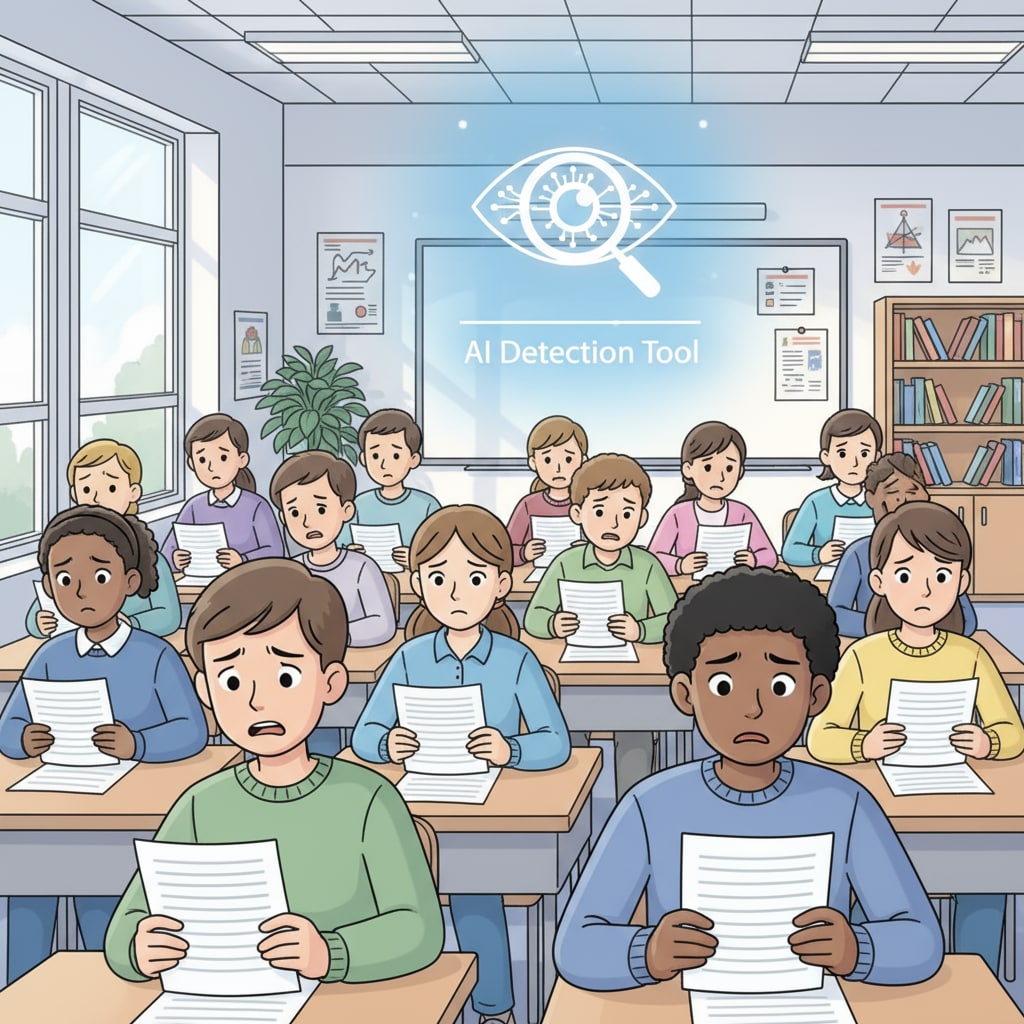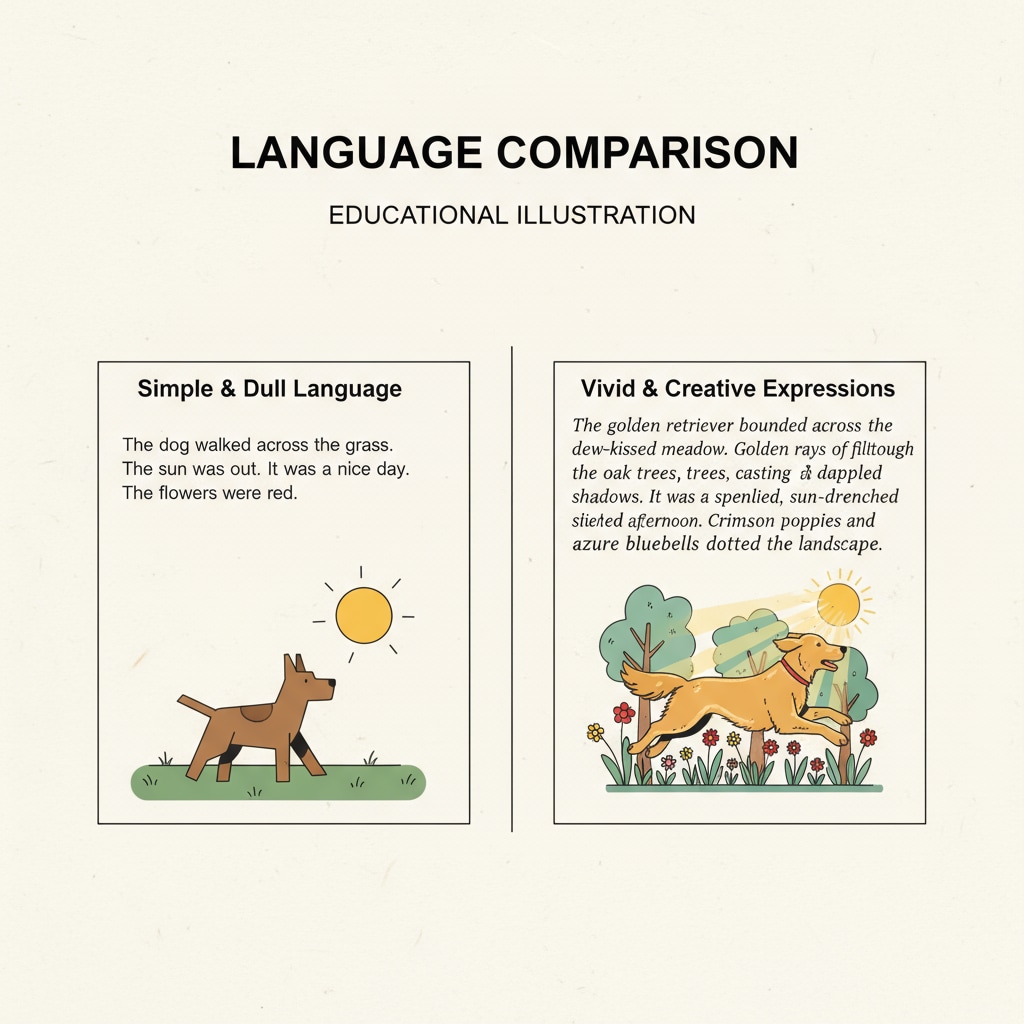In the realm of high school creative writing education, the rise of AI detection tools has brought about a complex set of issues that significantly impact student creativity. These tools, initially designed to combat academic dishonesty, have inadvertently become a double-edged sword, hindering the very creative writing skills they are meant to support.

The Simplification of Writing Styles
One of the most noticeable drawbacks of AI detection tools is the pressure they impose on students to simplify their writing styles. Fearing detection, students often avoid using complex sentence structures, rich vocabulary, or unique narrative techniques. For example, instead of crafting elaborate descriptions, they opt for plain and straightforward language. This not only makes their writing less engaging but also stunts the development of their creative writing abilities. As a result, the diversity of writing styles that should flourish in a creative writing class is severely limited.

The Suppression of Creative Expression
Creative expression is the heart of creative writing, yet AI detection tools often act as a deterrent. Students may be reluctant to explore unconventional ideas or take risks in their writing for fear of being flagged as potential AI-generated content. This fear restricts their imagination and prevents them from pushing the boundaries of what is considered “normal” in writing. For instance, a student with a unique perspective on a topic may hold back from fully expressing it, sacrificing their creativity for the sake of avoiding detection. According to The National Education Association, creativity is a crucial aspect of education that should be nurtured, but these tools seem to be doing the opposite.
Moreover, the algorithms of these detection tools are not perfect. They may misclassify authentic creative writing as AI-generated, causing unjustified stress and anxiety among students. This false accusation can be demoralizing and further dampen their enthusiasm for creative writing.
Readability guidance: The above sections clearly show how AI detection tools are having a negative impact on high school creative writing. The points are presented in short paragraphs for easy understanding, and transition words like ‘for example’ and’moreover’ are used to enhance the flow.
The Unintended Consequence of Student Dropouts
Another concerning trend is the increasing number of students dropping out of creative writing courses due to the presence of AI detection tools. The fear of being wrongly accused, combined with the pressure to conform to a restricted writing style, has made these courses less appealing. Students who once saw creative writing as a means of self-expression are now turned away, missing out on the valuable educational experience it offers. As reported by Education Week, this phenomenon is a significant setback for high school creative writing education.
In conclusion, while the intention behind AI detection tools may be noble, their overuse in high school creative writing education is causing more harm than good. They are acting as a creative straitjacket, limiting students’ creativity and enthusiasm for writing. It is essential for educators and policymakers to find a balance that protects academic integrity without sacrificing the development of students’ creative writing skills and overall creativity.


